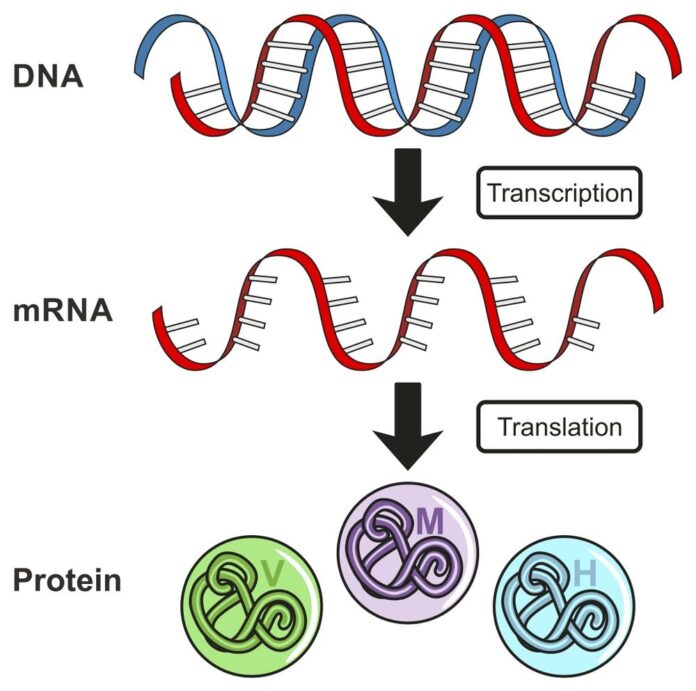If you do a search on mRNA (messenger RNA) biomedical technology these days, you find not only references to vaccines but to therapeutic treatments for breast, colon, glioblastoma, and other cancers, as well as the use of the technology to repair damaged DNA.
COVID-19 may have made the world aware of mRNA vaccines with Pfizer-BionTech and Moderna’s contribution to battling the pandemic. But mRNA research goes back several decades. In a recent publicity event at the University of Pennsylvania, the two researchers behind the science were inoculated. Drew Weissman and Katalin Karikó partnered to harness the power of mRNA to create an entirely new type of delivery mechanism for fighting diseases such as:
- HIV (AIDS)
- Herpes
- Malaria
- Sickle-cell disease
- Influenza (the flu including H1N1, swine flu)
- Rabies
- Ebola
- Rhinovirus (the common cold)
- Dengue Fever
- Tacaribe
- TMEV
- Amapari
- Reovirus
- Adenovirus (respiratory infections)
- Murine Adenovirus (internal organ infections)
- Varicella-zoster (chicken pox)
- Zika
That’s quite a list going well beyond variants of coronavirus of which the latest, COVID-19, has infected more than 100 million and caused the death of over 2 million in one year.
mRNA plays a critical role in delivering instructions from DNA. Think of it as an envelope whose contents when opened carry a sequence of codes that instruct a cell to produce protein structures. It’s these proteins that have been the key to tackling COVID-19.
mRNA therapy was first attempted in 1990 using synthesized RNA. The initial tests failed because the body saw the introduced mRNA as an intruder causing a cytokine storm, a powerful immune response that ended up killing the recipients. Cytokine storms have been reported as being among the primary causes of COVID-19 deaths. So how can an mRNA therapy not cause such an overwhelming and deadly immune response?
It turns out that less of the cure was better than more. Encapsulating a synthetic mRNA-produced protein to mimic a protein on the surface of coronavirus and delivering it by injection turned out to be the way to arm the immune system to fight the disease. Packaging the mRNA required the development of a carrier, which is a substance that would protect the deliverable from being attacked before it finds its way to healthy cells. Lipid nanoparticles have proven to be just the right construct. They have protected mRNA content ensuring that it doesn’t degrade during transmission and is proving to be effective in transmission through injection.
In an article published in the MIT Technology Review this week, author Antonio Regalado describes the success of mRNA vaccine technology came out of a lucky break. He writes about Weissman and Karikó’s astonishment when the injected nanoparticles containing the mRNA homed in on dendritic cells, the perfect ones to put the immune system on alert. With efficacy approaching 95% for the two current mRNA vaccines, the researchers have created a potent tool for tackling a panoply of diseases such as those mentioned above. Why? Because mRNA is an information molecule. Switch out the protein and replace it with a protein to attack cancer or malaria, and you have a new instruction set that can cure what ails you.
That’s why mRNA vaccines are revolutionary. It’s not just hyperbole. This technology is the real deal.
















